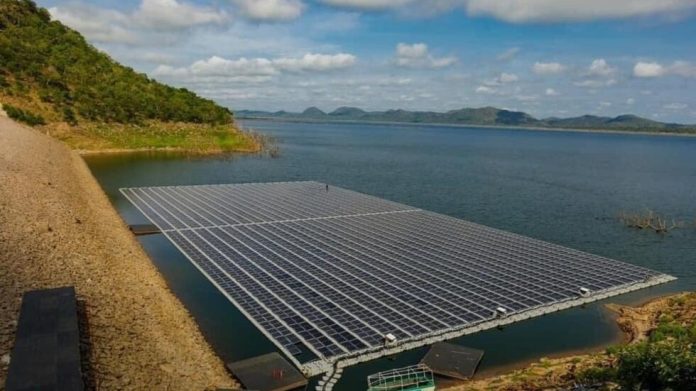Aurora Energy published a long-term outlook about prices and renewable energy investments in Greece.
Baseload power prices in the country are expected to peak in 2025 due to higher demand and gas volatility, says Aurora, then drop as renewable energy expand and gas markets stabilize.
Renewable energy projects’ capture prices decline after 2030, especially for solar. However, compared with the levelized cost of electricity (LCOE), they are expected to provide investable returns in the long run.
From 2031 onwards, the analysts see onshore wind capture prices declining by an average of 1% annually, following the trend in the baseload segment.
From 2031 to 2060, solar capture prices are anticipated to be, on average, 54% lower than baseload prices, surpassing wind due to higher capacities and increased synchronous solar generation, which leads to greater price cannibalization.
As for energy storage, Aurora highlighted the importance of the average spread between the lowest and highest prices within the day. It expects an increase of 20% from 2026 to 2040. Namely, high solar and wind output during low demand periods lowers prices, while high demand and low renewables push prices up, with hydropower and gas-fired plants setting prices amid higher gas and carbon costs, the firm explained.
Aurora expressed the belief that when it comes to merchant battery projects, their viability would depend on their entry year, as well as the hourly storage duration. Early investments are expected to capture higher returns than later ones.
Negative prices introduced
Except the said long-term trends, a change in the Greek power market will soon affect renewable energy producers.
Ahead of Greece’s entrance into the PICASSO balancing energy platform, the Independent Power Transmission Operator (IPTO or ADMIE) opened the door for negative prices in the balancing market, at a maximum of EUR 50 per MWh. The change will be applied sometime within the next few months.
It is only the first step and the limit would gradually increase to EUR 15,000 per MWh below zero. Owners of renewable electricity plants of certain categories would be impacted because until now, prices in the wholesale market rarely went below EUR 0.04 per MWh.
Even at such a low level, producers are still able to get paid fully based on their contracts for difference (CfDs). However, if there are two consecutive zero or negative hourly prices, they would receive nothing and may even have to pay to produce in such periods.
During the recent Power & Gas Forum held in Athens, Aristotle University of Thessaloniki Professor Stavros Papathanasiou warned that negative prices would become a much stronger threat to investments in renewables.






